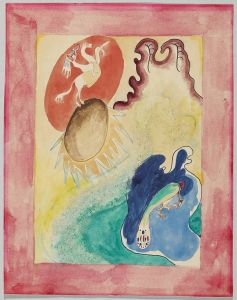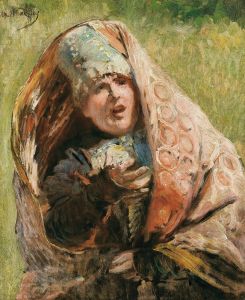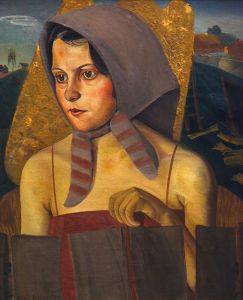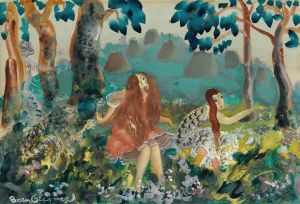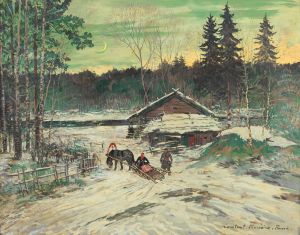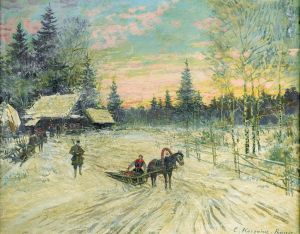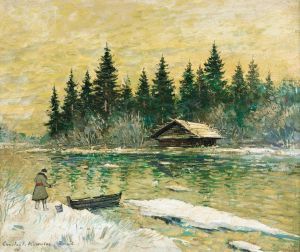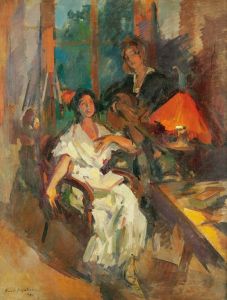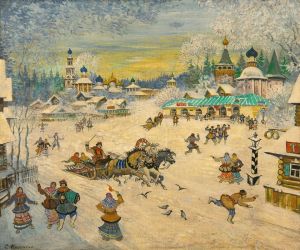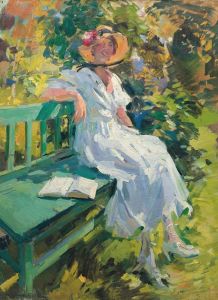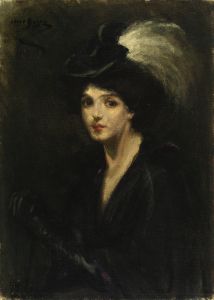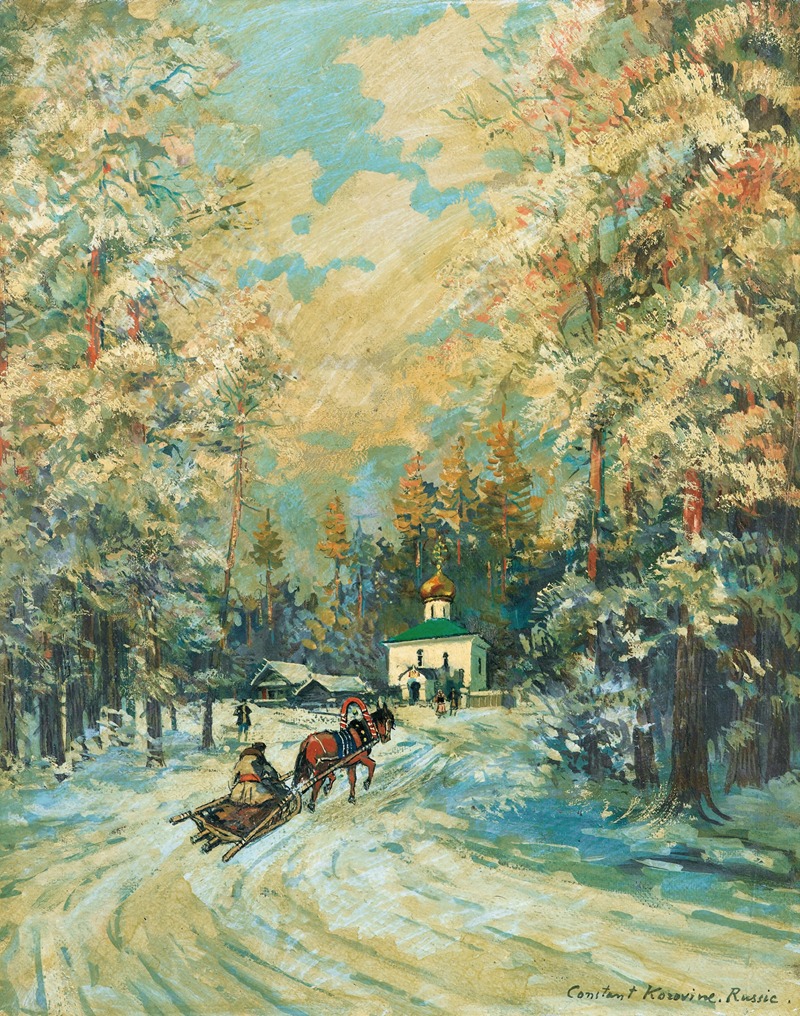
Traineau se dirigeant vers une chapelle
A hand-painted replica of Konstantin Alexeevich Korovin’s masterpiece Traineau se dirigeant vers une chapelle, meticulously crafted by professional artists to capture the true essence of the original. Each piece is created with museum-quality canvas and rare mineral pigments, carefully painted by experienced artists with delicate brushstrokes and rich, layered colors to perfectly recreate the texture of the original artwork. Unlike machine-printed reproductions, this hand-painted version brings the painting to life, infused with the artist’s emotions and skill in every stroke. Whether for personal collection or home decoration, it instantly elevates the artistic atmosphere of any space.
Konstantin Alexeevich Korovin was a prominent Russian painter known for his contributions to Impressionism and his vibrant use of color. Born in Moscow in 1861, Korovin studied at the Moscow School of Painting, Sculpture and Architecture, where he was influenced by his teachers Vasily Polenov and Alexei Savrasov. He became a leading figure in Russian Impressionism, and his works often depicted scenes of Russian life, landscapes, and still lifes with a distinctively bright palette and dynamic brushwork.
"Traineau se dirigeant vers une chapelle" is one of Korovin's notable works, although specific details about this painting are limited. The title, which translates to "Sleigh Heading Towards a Chapel," suggests a winter scene, a common theme in Korovin's oeuvre. His winter landscapes often capture the serene beauty of snow-covered Russian countryside, infused with a sense of movement and life.
Korovin's style is characterized by his loose brushwork and his ability to convey the effects of light and atmosphere. In his winter scenes, he often used a combination of whites, blues, and other cool tones to depict the snow and sky, contrasted with warmer colors to highlight human figures or architectural elements. This technique not only brought a sense of warmth to the cold scenes but also emphasized the harmony between humans and their environment.
Throughout his career, Korovin was deeply influenced by French Impressionism, which he encountered during his travels to Paris. The influence of artists like Claude Monet and Pierre-Auguste Renoir is evident in his approach to capturing light and his preference for painting en plein air. However, Korovin's work retained a distinctly Russian character, often reflecting the cultural and natural landscapes of his homeland.
In addition to his paintings, Korovin was also an accomplished stage designer. He worked with the Bolshoi Theatre and the Mariinsky Theatre, creating set designs that were celebrated for their innovative use of color and atmosphere. His experience in theater design further enriched his painting style, as he developed a keen sense of composition and spatial arrangement.
Korovin's contributions to Russian art were significant, and he was part of a broader movement of artists who sought to bring modern European styles to Russian art. He was associated with the "Mir Iskusstva" (World of Art) movement, which played a crucial role in the development of Russian modernism.
Despite the challenges of political upheaval and the Russian Revolution, Korovin continued to work and create art. In the later years of his life, he moved to Paris, where he spent his final years. His work remained influential, and he is remembered as one of the key figures in Russian Impressionism.
While specific information about "Traineau se dirigeant vers une chapelle" is limited, it can be appreciated within the broader context of Korovin's artistic achievements and his ability to capture the essence of Russian life and landscape through his Impressionist lens.






